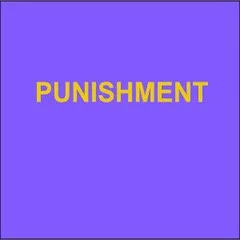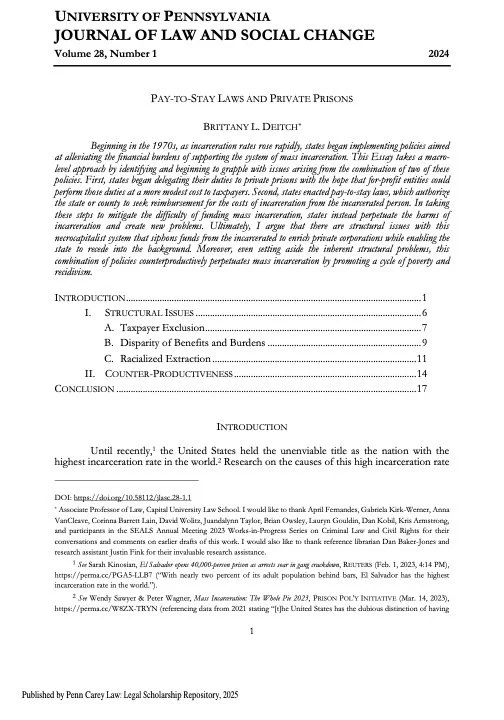By BRITTANY L. DEITCH
Beginning in the 1970s, as incarceration rates rose rapidly, states began implementing policies aimed at alleviating the financial burdens of supporting the system of mass incarceration. This Essay takes a macro-level approach by identifying and beginning to grapple with issues arising from the combination of two of these policies. First, states began delegating their duties to private prisons with the hope that for-profit entities could perform those duties at a more modest cost to taxpayers. Second, states enacted pay-to-stay laws, which authorize the state or county to seek reimbursement for the costs of incarceration from the incarcerated person. In taking these steps to mitigate the difficulty of funding mass incarceration, states instead perpetuate the harms of incarceration and create new problems. Ultimately, I argue that there are structural issues with this necro-capitalist system that siphons funds from the incarcerated to enrich private corporations while enabling the state to recede into the background. Moreover, even setting aside the inherent structural problems, this combination of policies counterproductively perpetuates mass incarceration by promoting a cycle of poverty and recidivism
UNIVERSITY OF PENNSYLVANIA JOURNAL OF LAW AND SOCIAL CHANGE Volume 28, Number 1 2024.







